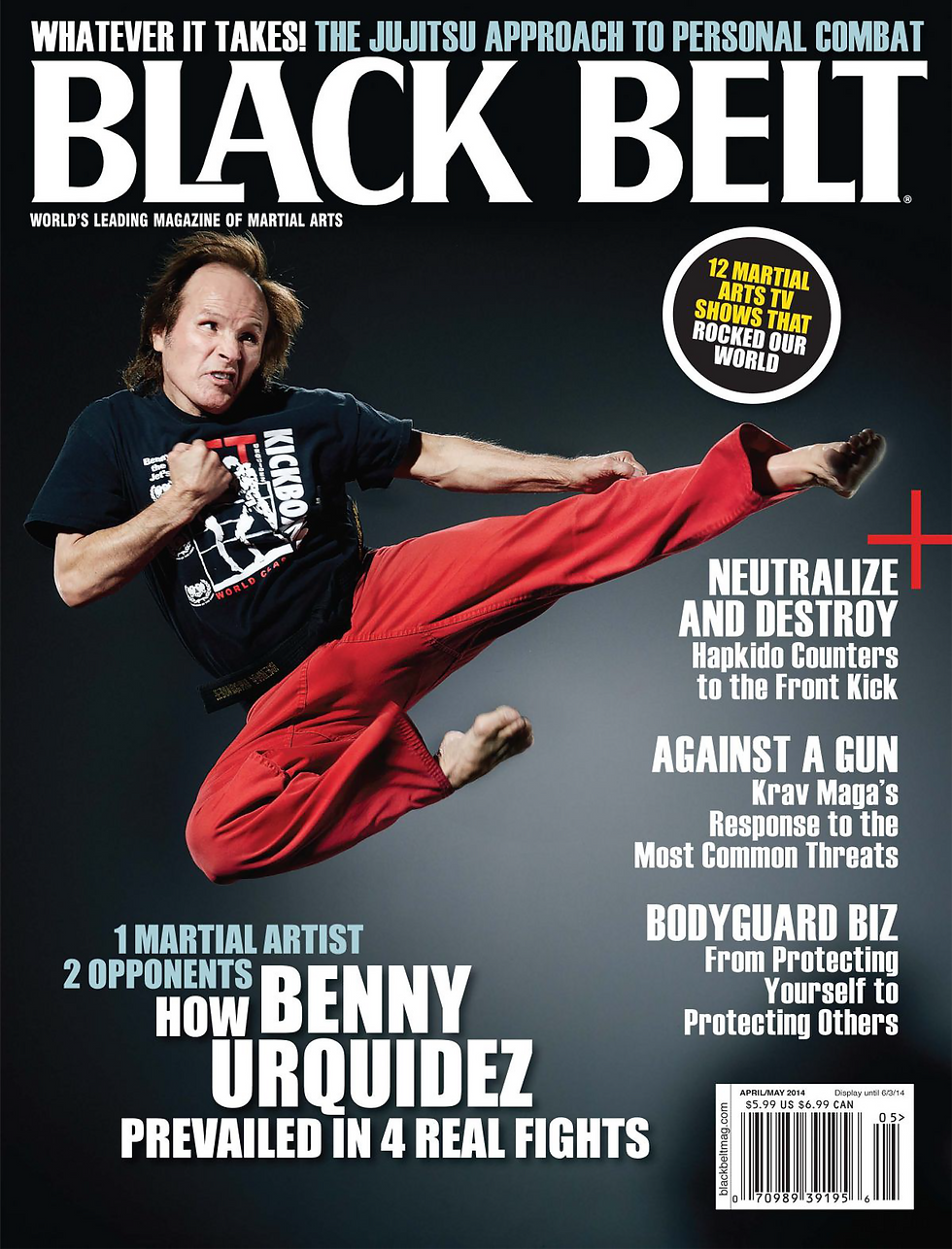- George Chung
- Oct 18, 2023
- 3 min read
Updated: Oct 26, 2023

Ken Ota demonstration courtesy of Independent.com
In the realm of martial arts, few disciplines are as elegant and spiritually driven as Aikido.
With its roots deeply embedded in Japanese martial tradition, Aikido has evolved over the years, guided by dedicated masters who have kept its essence intact while adapting to the needs of the modern world. Ken Ota, whose lifelong commitment to Aikido reflects the art's timeless legacy and its evolution into the present day. In this article, we will explore the journey of Master Ken Ota, the evolution of Aikido, its relevance in self-defense and street fighting, and the influence of Morihei Ueshiba on contemporary Aikido.
Master Ken Ota: A Lifetime of Dedication
Ken Ota, a name synonymous with Aikido excellence, began his martial arts journey at a young age. Born in 1923, he was exposed to various martial arts, including Judo, Karate, and Kendo. However, it was Aikido that captured his heart and soul. Ota Sensei's dedication to Aikido led him to train extensively in Japan under some of the art's greatest masters, including Koichi Tohei and Kisshomaru Ueshiba.
Ota Sensei's teaching career spans several decades, during which he has inspired countless students, instilling in them not only the physical aspects of Aikido but also its philosophical and spiritual dimensions. His commitment to preserving the authenticity of Aikido, while adapting it to the contemporary world, has earned him a reputation as a true master of the art.

Ken Ota demonstration courtesy of Independent.com
Aikido: Then and Now
Aikido, founded by Morihei Ueshiba (O-Sensei), is often described as the "way of harmony with the spirit." In its early days, Aikido was deeply influenced by O-Sensei's spiritual and philosophical beliefs. Techniques were fluid, circular, and focused on redirecting an opponent's energy rather than meeting force with force.
In the modern context, Aikido has evolved in response to changing martial arts landscapes and the practical needs of self-defense. Some practitioners have adapted techniques to address real-world confrontations, emphasizing efficiency and effectiveness.
However, Aikido's core principles of harmony, blending, and non-aggression remain unchanged. Today, Aikido continues to attract individuals seeking a martial art that offers both physical skills and a path to personal growth and enlightenment.
Aikido in Self-Defense and Street Fighting
Aikido's applicability in self-defense and street fighting has been a subject of debate. While Aikido's emphasis on blending and redirecting force can be effective, its non-competitive nature and lack of sparring can make it challenging to apply in real-life confrontations where an opponent may not cooperate.
Master Ken Ota has emphasized the importance of adapting Aikido techniques to practical self-defense scenarios. He has incorporated elements from other martial arts, such as Judo and Karate, to make Aikido techniques more applicable in street fights. His approach strikes a balance between preserving Aikido's essence and making it functional for self-defense.
Morihei Ueshiba's Influence
Morihei Ueshiba, the founder of Aikido, left an indelible mark on the martial art. His vision of Aikido as a means of achieving inner peace and transcending conflict through harmony remains a guiding principle for many practitioners.
Ueshiba's emphasis on "Aikido as a way of life" continues to shape the philosophy of modern Aikido. His belief in the power of love, compassion, and universal harmony echoes through the teachings of contemporary masters like Ken Ota, reminding practitioners that Aikido extends beyond the dojo and into daily life.
Master Ken Ota's journey in Aikido exemplifies the art's enduring legacy and its capacity to evolve with the times while staying true to its core principles. Aikido's transformation from its early philosophical origins to its practical applications in self-defense and street fighting reflects the adaptability of martial arts in response to contemporary needs.
As we continue to explore the dynamic world of martial arts, Aikido stands as a shining example of how tradition and innovation can coexist, offering not only physical self-defense skills but also a path to inner growth and spiritual enlightenment.
Aikido remains a vibrant and relevant martial art, bridging the timeless wisdom of its founder with the demands of the modern world.
Watch Ken Ota here: https://www.youtube.com/@blackbelt_magazine



























































































